Just bought a pressure cooker/canner......
User
13 years ago
Related Stories

HOLIDAYSHow to Have a Just-Simple-Enough Holiday
Make this the year you say no to holiday stress and yes to joy and meaning
Full Story
WORKING WITH PROSWorking With Pros: When You Just Need a Little Design Guidance
Save money with a design consultation for the big picture or specific details
Full Story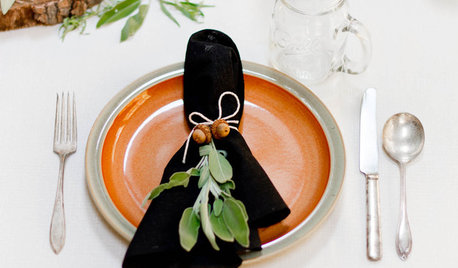
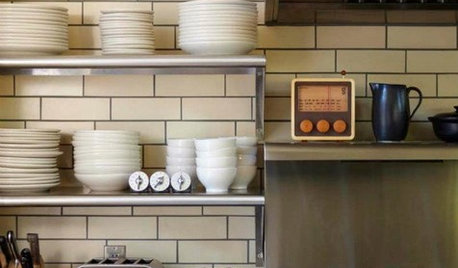
KITCHEN DESIGNCreate Your Own Checklist for a Well-Stocked Kitchen
Personalize the kitchen with your own must-haves from our list of top cooking tools, small appliances, pots, pans and more
Full Story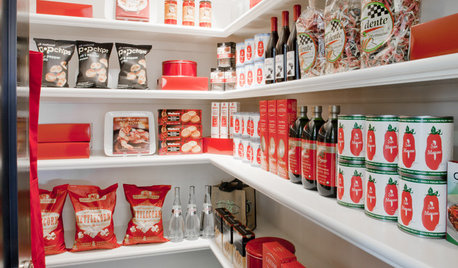
KITCHEN STORAGEGet It Done: How to Clean Out the Pantry
Crumbs, dust bunnies and old cocoa, beware — your pantry time is up
Full Story
DECORATING GUIDES10 Design Tips Learned From the Worst Advice Ever
If these Houzzers’ tales don’t bolster the courage of your design convictions, nothing will
Full Story
FEEL-GOOD HOME21 Ways to Waste Less at Home
Whether it's herbs rotting in the fridge or clothes that never get worn, most of us waste too much. Here are ways to make a change
Full Story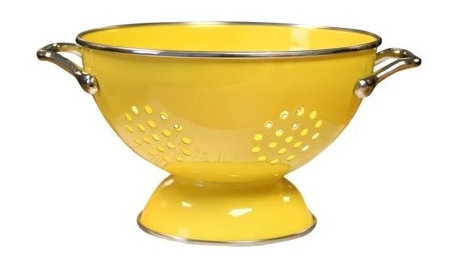
PRODUCT PICKSGuest Picks: The Well-Stocked Starter Kitchen
We’ve got all the kitchen basics and tableware you need (or that recent grad needs) to make cooking a joy
Full Story
KITCHEN DESIGNHow to Keep Your White Kitchen White
Sure, white kitchens are beautiful — when they’re sparkling clean. Here’s how to keep them that way
Full Story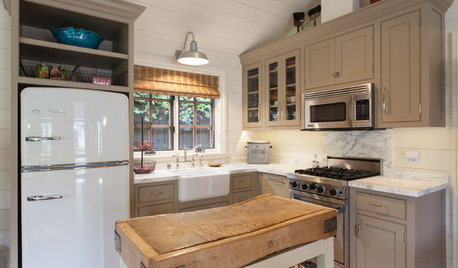
KITCHEN ISLANDSSmall, Slim and Super: Compact Kitchen Islands That Offer Big Function
Movable carts and narrow tables bring flexibility to these space-constrained kitchens
Full Story



wizardnm
teresa_nc7
Related Discussions
Difference in pressure cooker vs canner?
Q
Difference between pressure cooker and pressure cooker/canner?
Q
save $$ top-quality pressure cooker/canner
Q
cleaning question for pressure cooker/canner users
Q
claire_de_luna
ci_lantro
diinohio
UserOriginal Author
dgkritch
teresa_nc7
UserOriginal Author
jude31
diinohio
UserOriginal Author
readinglady
UserOriginal Author
UserOriginal Author
teresa_nc7
User
readinglady
UserOriginal Author
readinglady
UserOriginal Author
teresa_nc7
UserOriginal Author
readinglady
lakeguy35
UserOriginal Author
annie1992
wizardnm
diinohio
readinglady